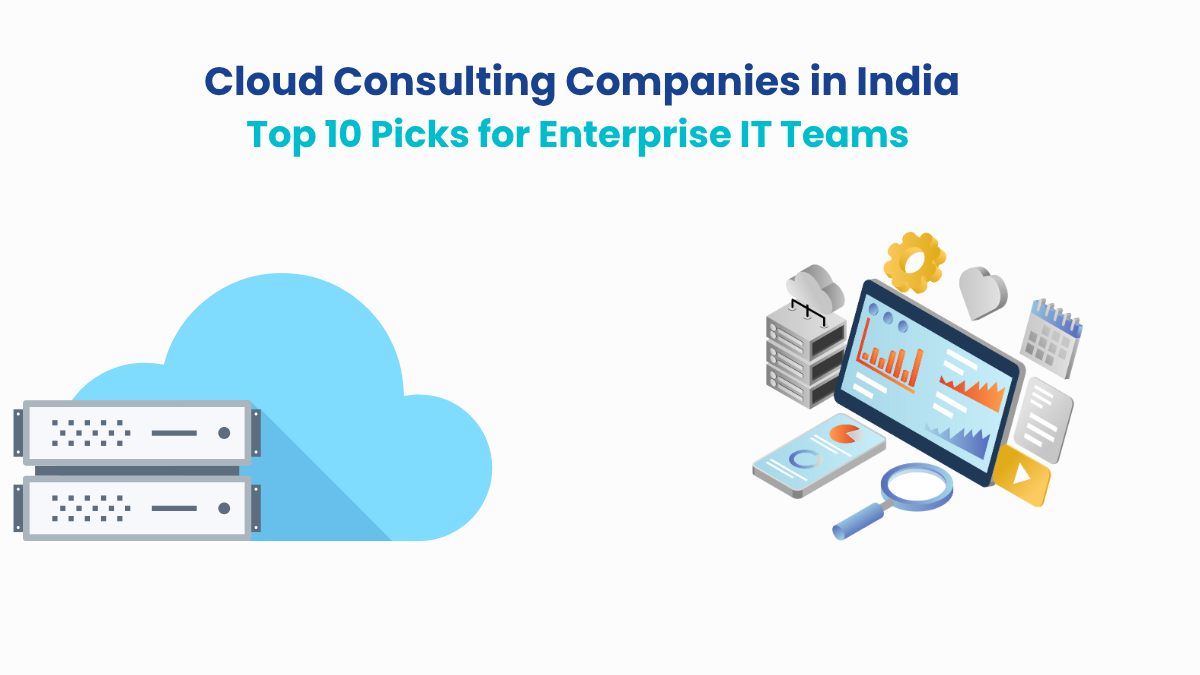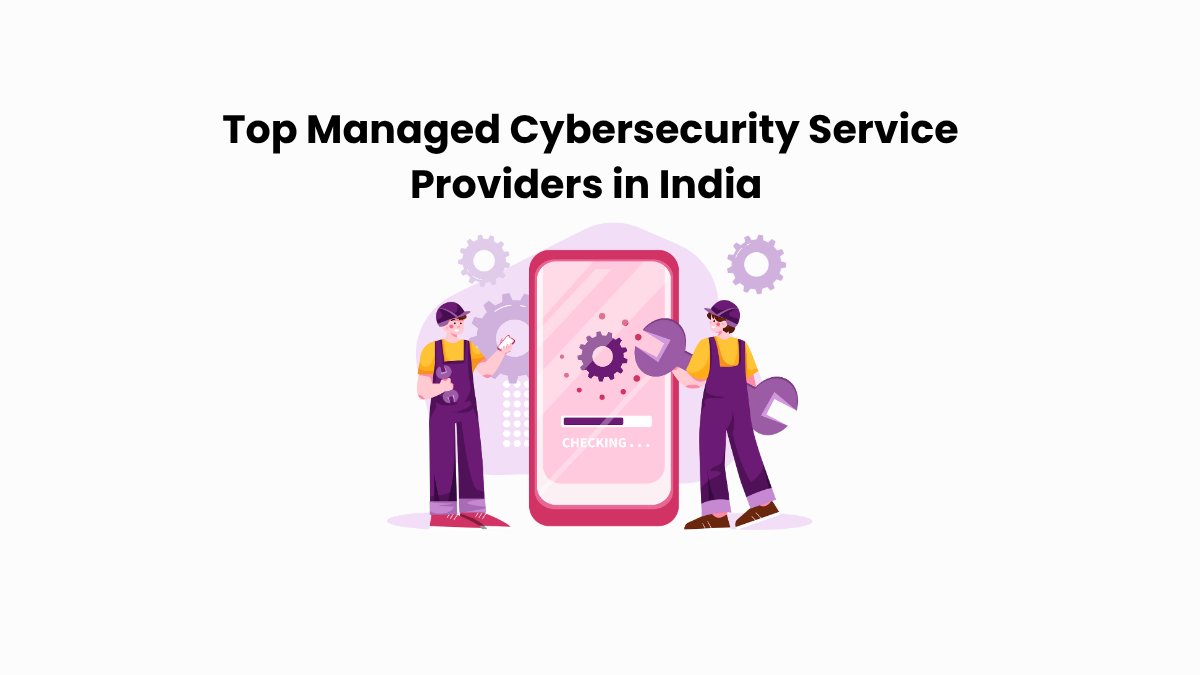CVE-2024-20439 is a critical vulnerability in Cisco’s Smart Licensing Utility (CSLU) that allows unauthenticated, remote access using hardcoded administrative credentials. First disclosed in Early 2025, this flaw carries a CVSS score of 9.8 and has already been exploited in the wild.
At the center of this issue is a set of static credentials embedded directly into the CSLU software. These credentials were never meant to be exposed, yet they offer full administrative access to anyone who discovers them.
For enterprises running older versions of CSLU, prior to 2.3.0, the risk is immediate. Attackers can use this backdoor to gain control of the utility, manipulate licensing, and potentially use it as a foothold to move deeper into the network.
In this article, we’ll break down what CVE-2024-20439 is, how it works, which systems are affected, and exactly what security teams should do next to mitigate the threat and reduce exposure.
CVE-2024-20439 at a Glance: What You Need to Know?
| Attribute | Details |
| CVE ID | CVE-2024-20439 |
| Vendor | Cisco |
| Product | Cisco Smart Licensing Utility (CSLU) |
| Affected Versions | 2.0.0 to 2.2.x |
| Vulnerability Type | Hardcoded Static Credentials (Authentication Bypass) |
| CVSS Score | 9.8 (Critical) |
| Attack Vector | Remote, unauthenticated access via API |
| Exploit Status | Confirmed exploited in the wild by Cisco PSIRT (source) |
| Patch Available | Yes. Fixed in version 2.3.0 |
| Quick Fix | Upgrade CSLU to version 2.3.0 or later. Disable CSLU if not in active use. |
Why this Vulnerability Demands Immediate Action?
CVE-2024-20439 presents a high-impact risk because it allows unauthenticated attackers to gain administrative access to Cisco Smart Licensing Utility (CSLU) through its API.
Once access is obtained, the attacker can modify licensing configurations, potentially manipulate telemetry, and use the system as a pivot point into the broader network.
Cisco’s Product Security Incident Response Team (PSIRT) has confirmed active attempts to exploit the static credentials embedded in affected versions of CSLU.
The exposure risk is significant for environments where:
- CSLU is running and accessible over the network.
- Network segmentation is weak or incomplete.
- Logging and anomaly detection around CSLU are not in place.
Even though CSLU is a licensing utility, not a business-critical application, its privileged access and default network bindings make it a valuable target. If compromised, it could become a staging ground for lateral movement within the network.
Given the ease of exploitation and confirmed abuse in the wild, this vulnerability should be treated as an urgent patching priority for any enterprise using CSLU below version 2.3.0.
How to Fix CVE-2024-20439?
Immediate fixes include:
#1. Upgrade to CSLU version 2.3.0 or later
Cisco has released an updated version of Smart Licensing Utility that removes the undocumented static credentials. This is the most effective and permanent fix.
#2. Disable CSLU if not actively used
If your environment does not require CSLU for license management, Cisco recommends disabling the service entirely. This reduces your attack surface until a patch can be applied.
#3. Audit all systems for active CSLU instances
Many teams are unaware CSLU is running in their environment. Perform a full inventory and audit to identify systems where CSLU is installed, especially in older or test environments.
Hardening Your Environment After CVE-2024-20439: 4 Steps to Long-Term Protection
Patching a vulnerability is just step one. But if your response ends there, you’re only solving the symptom, not the system. CVE-2024-20439 is a reminder that low-visibility tools like CSLU can carry high-level risk.
The better question isn’t just how to fix it — it’s how to stop this class of vulnerability from catching your team off guard again.
Here are four smart, long-term moves that security leaders should fold into their operational playbook.
1. Strengthen your CI/CD pipeline with SBOM and secrets scanning
Hardcoded credentials should never make it into production. You should use Software Bill of Materials (SBOM) validation and automated secrets detection in your CI/CD pipelines to catch embedded passwords or undocumented accounts early.
2. Enforce least privilege across all tooling, including CSLU
Every service should operate under the least privilege principle You should start with defining strict Role-Based Access Controls (RBAC) for licensing tools, eliminating unnecessary admin rights, and auditing access regularly. Because, least privilege isn’t just policy, it’s operational hygiene.
3. Monitor CSLU and similar APIs with real-time anomaly detection
Even patched, CSLU deserves visibility. Use your EDR, SIEM, or network-based anomaly detection tools to watch for suspicious API activity, especially in services that don’t generate regular traffic. Unexpected calls are often the first sign of compromise.
4. Include low-profile tools in your threat modeling and patch cycles
Licensing tools, background agents, and internal services often slip through the cracks. Add them to your asset inventory, patch management workflow, and threat modeling exercises. If a tool touches your network, it needs to be part of your security program.
Final Thoughts and How Datacipher Can Help?
CVE-2024-20439 reinforces what security leaders already know: risk doesn’t always come from high-profile systems. Sometimes, it hides in the background, in tools no one’s watching until it’s too late.
If you haven’t patched CSLU or reviewed where it’s running, this is the time. Misconfigurations like this become attack paths quickly. The sooner they’re closed, the better your chances of preventing deeper compromise.
At Datacipher, we help organizations patch faster, detect smarter, and harden systems others overlook. From vulnerability assessments to full-scale patch management support, we work with security teams to turn response into readiness.
You can explore our latest insights on CVEs and emerging threats here, or reach out if you want help mapping your exposure to CVE-2024-20439 and closing it. Get in touch with us here.





